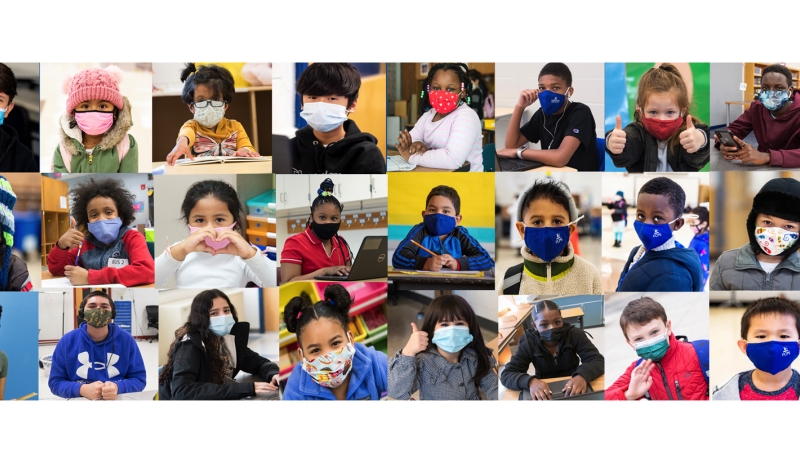
Transition Planning (Career and Transition Services)
Planning for the transition from school to post-school options is a critical part of a students’ Individual Education Program (IEP) process in the middle and high school years.
Planning to move from school to post school options is an important part of a students’ Individual Education Program (IEP) process.
These plans are ongoing, outcome-oriented, and based on collaboration between:
- Students with disabilities
- Their families
- School
- Adult service personnel
- The community
Transition planning is a critical component of each student’s IEP.
The Individuals with Disabilities Education Improvement Act (IDEA 2004) requires at age 16, or younger if the IEP team believes it is appropriate, all future IEPs must include:
Transition services (including courses of study) needed to assist the child in reaching those goals. [Section 614(d)(1)(A)(VIII)]
The Commonwealth of Virginia requires this student planning begin by age 14, or grade 8, whichever comes first.
What are Transition Services?
The IDEA 2004 defines transition services as:
A coordinated set of activities for a child with a disability that
- Is designed to be within a results-oriented
- Focused on improving the academic and functional achievement to help the child’s movement from school to post-school activities
- Includes postsecondary education
- Vocational education
- Integrated employment (including supported employment)
- Continuing and adult education
- Adult services
- Independent living
- Community participation
- Is based upon the individual child’s needs, considering the child’s strengths, preferences, and interests.
- Includes:
- Instruction
- Related services
- Community experiences
- The development of employment and other post-school adult living objectives
- Acquisition of daily living skills and functional vocational evaluation (if appropriate). [Part A, Section 602(34)].
- These services help students prepare for goals after graduation, including:
- Post-secondary education.
- Vocational training.
- Independent employment.
- Supported employment.
- Continuing and adult education.
- Adult services.
- Independent living.
- Community participation.
- Transition services are based on student’s needs, preferences, and interests and include:
- Instruction.
- Related services.
- Community experiences.
- Employment and adult living objectives.
- Daily living skills.
- Functional vocational evaluation when appropriate.
What are the Transition Plans of the IEP?
The transition plan:
- Identifies students’ postsecondary goals
- Outlines the steps necessary to achieve them.
Students’ transition needs drive the content of the whole IEP. By graduation, students receive the skills needed to meet the opportunities and challenges of life after high school.
Once transition planning services are being considered, you can find them on the second and third pages of the IEP. The Transition Goals page (IEP-303) includes:
- Transition assessment information on the students’ interests, preferences, strengths, and weaknesses.
- Measurable postsecondary goals in the areas of:
- Education
- Training
- Employment
- Independent living (when appropriate)
- Transition objectives in the areas of career, self-advocacy, and independent living skills.
The Transition Services page (IEP-304) lists school and post-school services to consider. This could include links to adult agencies such as:
- Department for Aging and Rehabilitative Services (DARS)
- Fairfax-Falls Church Community Services Board (CSB)
- Department for the Blind and Visually Impaired (DBVI)
What is the Age of Majority Rights?
Part of a student’s transition is taking on adult responsibilities. In Virginia, this begins at age 18 and is called the age of majority. Beginning no later than age 17, students must be told they will make IEP decisions once they turn 18.
The law says, at age 18, parents and guardians no longer make IEP decisions. Parents are still invited to IEP meetings.
Who Participates in Transition Planning?
The student is the most important member of the IEP team. Other members include:
- Family members including parents or guardians.
- School principal or designee.
- Student’s case manager and other relevant special education teachers.
- Other school staff:
- Employment and Transition Representative (ETR)
- School counselor
- Psychologist
- General education teacher (as appropriate)
- Adult service agency representatives (as appropriate).
Transition Toolkit for Families
A resource to help understand the transition planning process.




